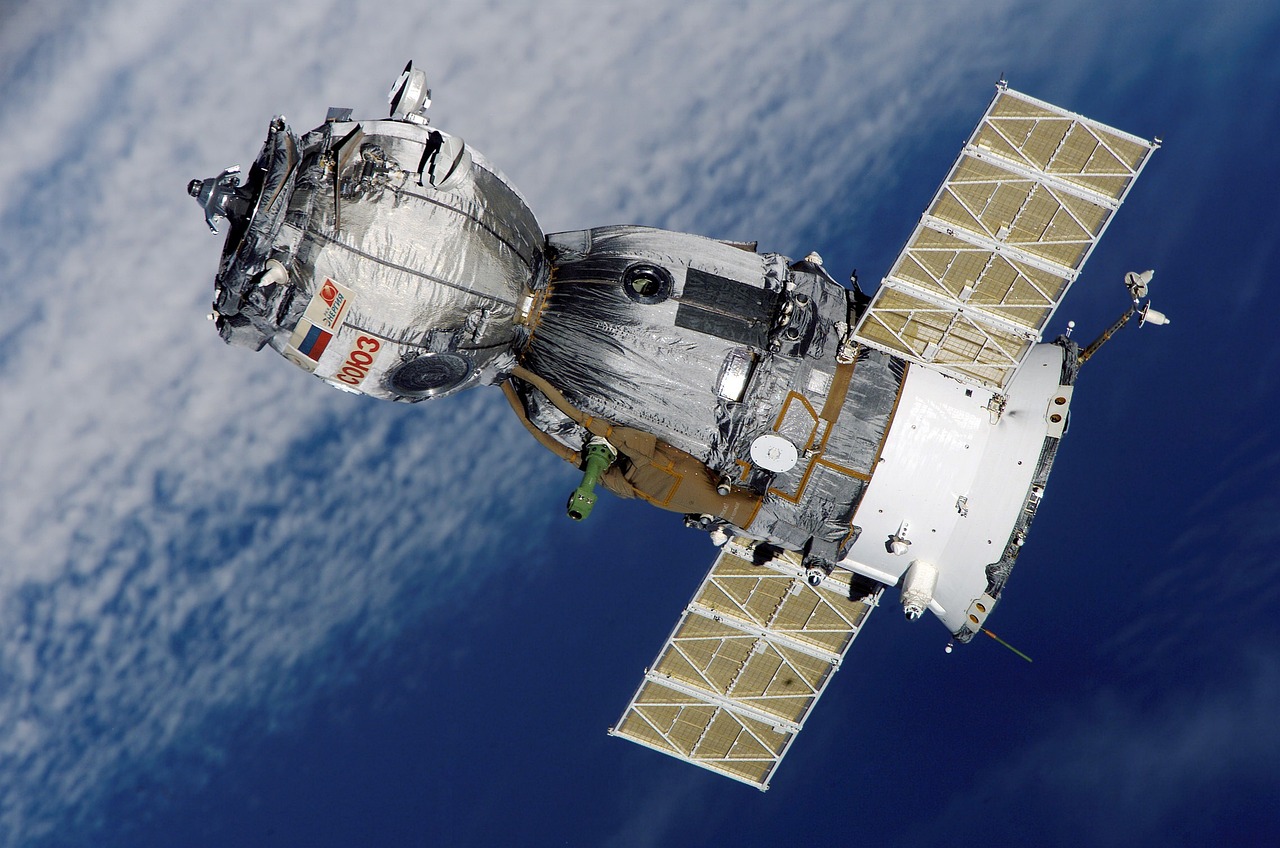Spaceships - Part 2
Exploring Different Types of Spacecraft - Part 2
Rovers
Rovers are robotic vehicles designed to explore the surface of celestial bodies such as planets and moons. They are equipped with various instruments like cameras, spectrometers, and drills to collect data and samples. Rovers play a crucial role in gathering information about the composition, geology, and atmosphere of extraterrestrial environments.

Space Probes
Space probes are unmanned spacecraft sent to explore beyond Earth's orbit. These robotic missions travel vast distances to study planets, asteroids, and comets. Space probes provide valuable data about the solar system, helping scientists understand planetary atmospheres, surfaces, and overall composition.

Space Stations
Space stations are habitable artificial structures placed in orbit around the Earth. They serve as research laboratories where astronauts conduct experiments in microgravity. Space stations like the International Space Station (ISS) provide insights into the effects of long-duration space travel on the human body.

Space Telescopes
Space telescopes are instruments launched into space to observe distant astronomical objects. These telescopes can capture clearer images than ground-based observatories due to the absence of atmospheric distortion. Examples include the Hubble Space Telescope, which has revolutionized our understanding of the universe.

Human Spacecraft
Human spacecraft are vehicles designed to carry astronauts into space. These spacecraft enable crewed missions to the International Space Station, the Moon, and potentially Mars in the future. Human spaceflight plays a vital role in advancing scientific research and exploration beyond Earth.

Stay tuned for more fascinating insights into the world of spacecraft in our next article!
